Tree propagation 101: The secret to growing fruit and nut trees for free
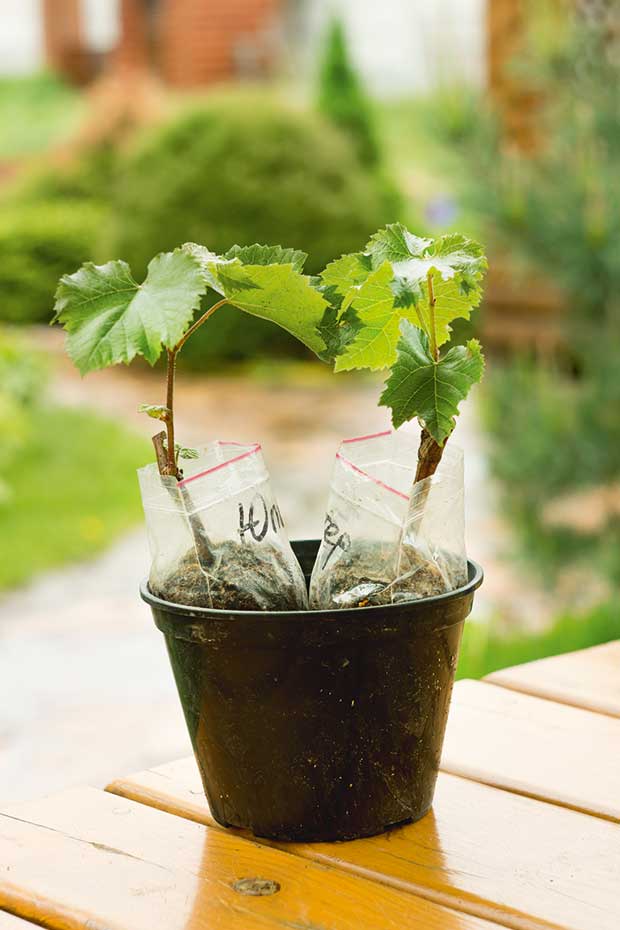
Trees add immense value to a block of land, but they don’t have to cost a fortune.
Words: Sheryn Dean
There should be some wise old proverb saying the most expensive part of a tree is the hole. I can’t find one, but it is true so I will say it now.
A tree is easily made by growing a seed or planting a cutting. Nature has been reproducing itself for 3.8 billion years and propagating another tree is neither new nor difficult.
However, giving it the right components to grow and thrive, the nutrients, water and air, right climate, protection from stock or pests and competing weeds, is what takes effort.
Nature makes trees from seed. She uses the numbers game. Hundreds or thousands of seeds are produced each year for survival of the species but only one or two may ever make it to maturity.
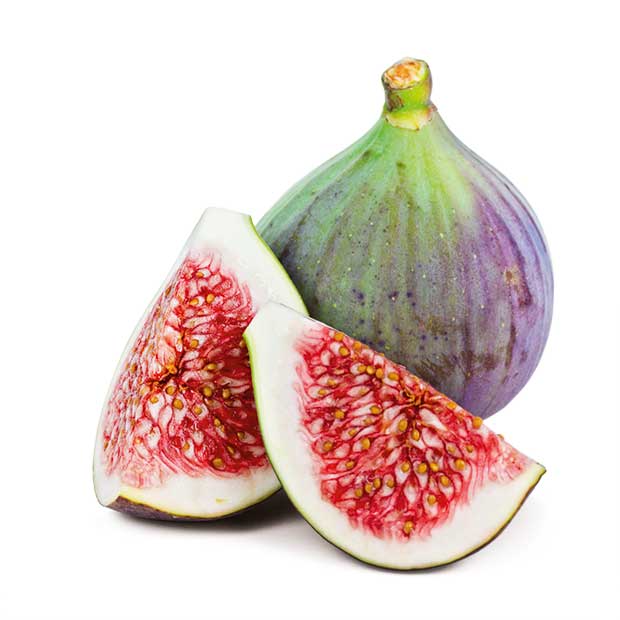
The huge benefit of this is evolution. Each seed will vary, a little or a lot, depending on its botanical composition. The strongest one suited to those exact conditions will thrive and survive long-term. This way, the species will evolve and adapt to different or changing environments.
Mankind has only recently bred and selected trees for our own use. We want the large fruit, pretty flower or fast-growing tree and so have selected to suit.
READ MORE: 5 easy things to do to ensure a fruitful future for your orchard
READ MORE: A step by step guide to grafting fruit trees
We’ve then learned to propagate it to ensure we get a tree exactly like its parent.
This doesn’t help evolution much. However, it does ensure what we grow in our lifetime produces what we want.
Even smarter, we have worked out how to combine a cutting that will replicate the fruit of its parent with the roots of another tree which has other attributes, like dwarfism so we get a smaller tree. These grafted trees don’t usually live as long but they have the benefit of bringing multiple good attributes together.
Different trees do best with different types of propagation. These are some of the easiest ones to plant on your block, and it’s all for free.
STONE FRUIT
Peaches, nectarines, apricots and almonds (which is a type of peach) grow pretty much true to type. This means the stone will grow into a tree very similar to the tree it came from and produce a very similar fruit. It’s not as exact as cloning with a cutting, but close.
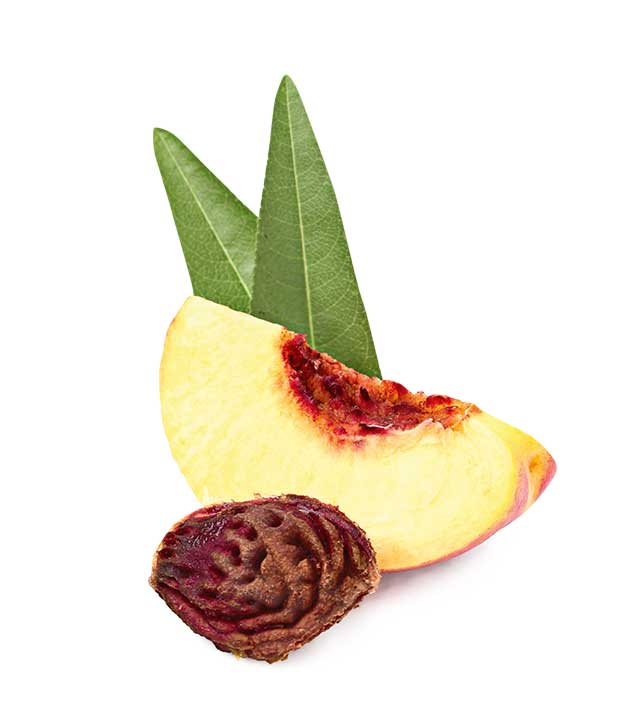
I have found peaches and nectarines trees do best in the Waikato when grown from stones. Stone-grown trees are producing well within five years and are more resistant to leaf curl and brown rot. If these fungal diseases are a problem in your area, plant your tree where it gets maximum air flow to alleviate them.
How to grow stonefruit for free
Don’t let your stone dry out. Clean the flesh from them and store in the fridge in a jar or sealed plastic bag with some sphagnum moss or damp paper towels to winter over. If you live in a cold area, plant in a pot and keep outside (moist but not wet) to get the winter chill.
Plums are more frequently grown from cuttings. Select new, healthy branches in winter (not vigorous water shoots or spindly growth), cut flush with the join to the main branch (this junction is where roots will sprout from), soak in willow water if available and plant in pots or directly into place.
PIP FRUIT
Apples and pears are cross pollinated, meaning there is a mother and a father plant. Like a human baby, the result contains a unique mix of both parents that can vary immensely. A seed-grown apple is unique which is why there are thousands of named apple varieties in the world.
Planting a seed is taking a gamble, but if you have a free seed and some space, what have you got to lose? I recommend growing apples in your shelter or riparian planting and pears as shade trees.
How to grow pipfruit for free
Eat your apple, pear, nashi, quince or other pipfruit. Decide if was a good fruit by evaluating:
• taste
• size
• disease-resistance
• anything else you know about the parent tree
If it’s yes, spit the seeds into some sphagnum moss or damp paper towels, seal in a jar or plastic bag and put it in the back of the fridge to winter over.
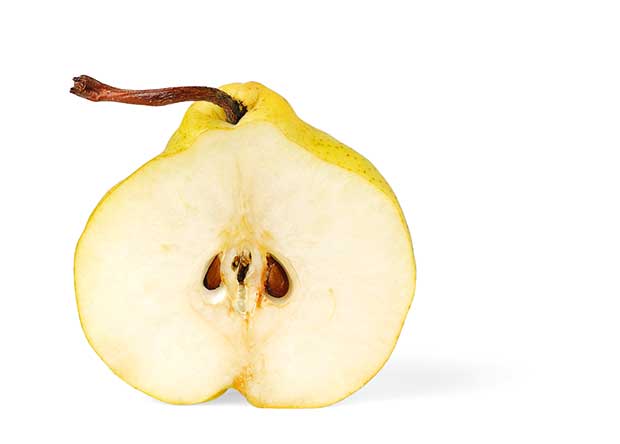
In spring (or when you notice it starting to grow and remember it), transplant each seed into a pot and leave to grow until large enough to plant out.
The Meyer lemon is also easy to grow from seed. Simply put some seeds into moist potting mix and wait.
WALNUTS
I was told that a walnut tree grown from seed would take years to produce.
However, I’ve recently visited a grower who has proven otherwise. She has hundreds of trees, grafted and seedling side-by-side, and says some of the seedlings had produced earlier than the grafted trees. It depended most on the aftercare provided. Her seed-grown walnuts have also been less susceptible to blight.
How to grow a walnut for free
Walnut seedlings only vary slighty from the parent.
Choose a good fresh nut and do not let it dry out. Remove the husk and do a float test to ensure it is viable (discard floaters).
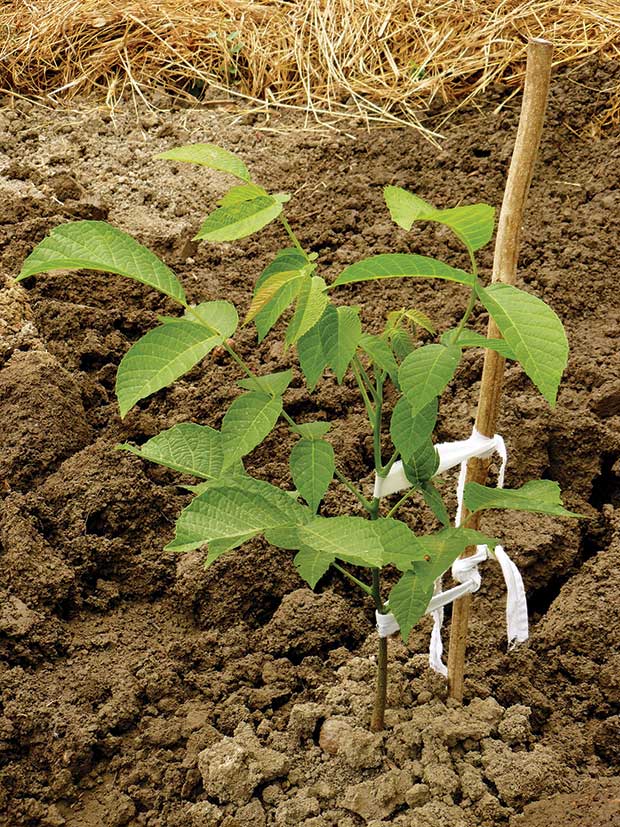
Walnut tree sapling, two months after germination.
If you’re in the winterless north you will need to cold stratify nuts in the fridge (as for pipfruit) before planting.
Plant into a garden bed close to your home, with the seam of the nut vertical so water does not pool inside the shell and rot the nut.
A young walnut grows its taproot first, which needs depth. Planting it in a pot is detrimental long term. If grown in the garden, leave for at least a year so it develops side roots. Then carefully transplant it to its final spot.
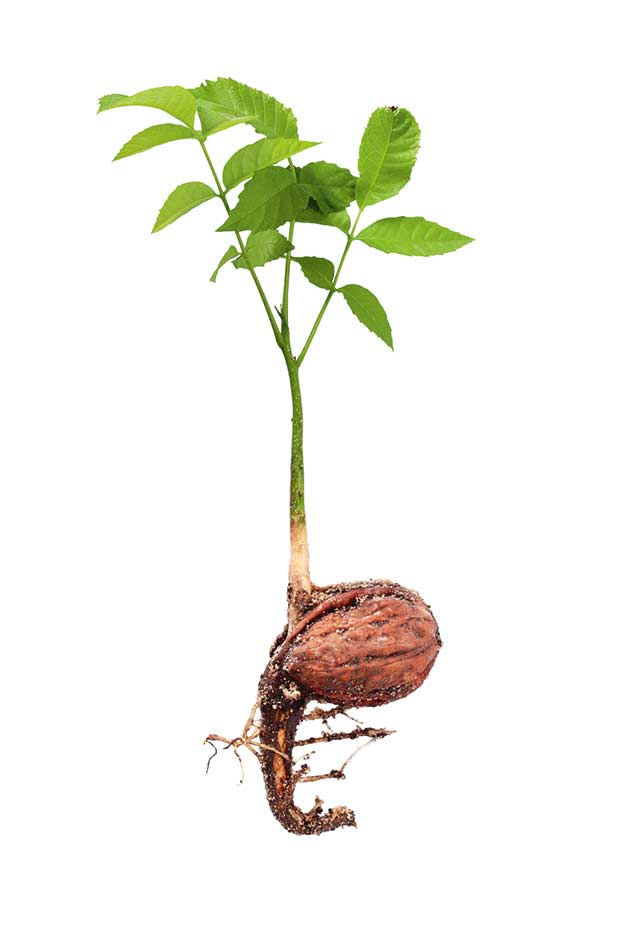
Walnut seedling.
HAZELS
An experienced grower assures me it is a waste of time growing seedling hazels. Looking at the nut size of my seedlings compared to those of my named varieties, I am inclined to agree with her.
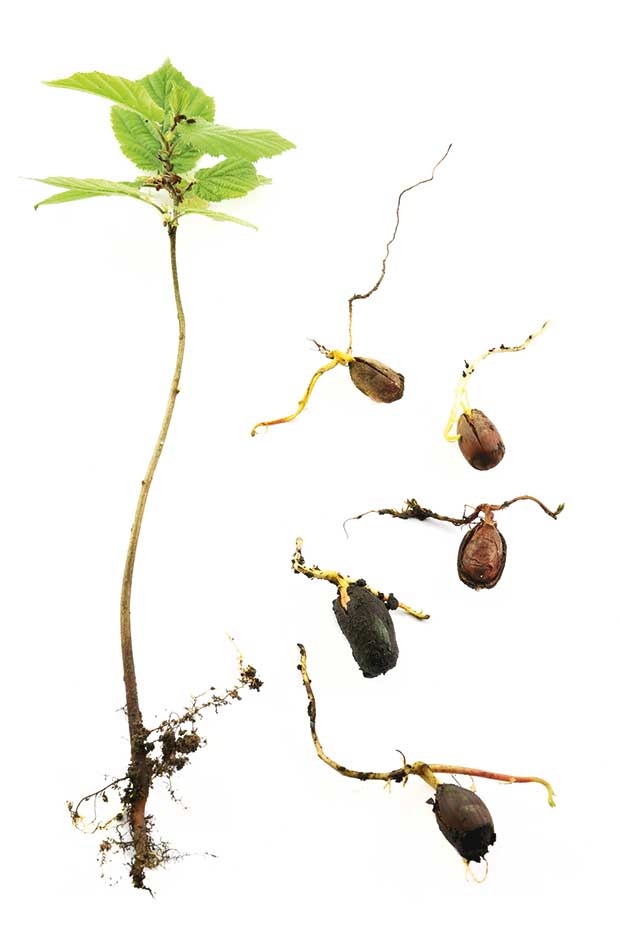
Hazelnut seedlings are a waste of time.
The other consideration with hazels is that they need a pollinator of a different variety that flowers at the right time so it does make sense to clone them so you know what you are getting.
How to grow a hazel for free
Hazels are best multiplied by stools or air layering which is when branches are encouraged to root by pruning and covering with dirt, but they can also be propagated from cuttings.
Take cuttings of new growth no longer than 10cm. Lightly cut the bark on the bottom 2cm and soak in willow water or dip in rooting compound. Plant in a well-draining medium.
AVOCADOS
The rumour that a seedling avocado is useless is not true. Modern breeding means your bought avocado will have a seed which has at least a 50 per cent chance of growing into a useful tree.
How to grow an avocado for free
Avocado seeds pop up regularly in my compost hole. Next year, I swear I am going to dig my compost hole where I want an avocado tree to grow as they have long deep roots to dig out, especially difficult when they are already one metre down a hole to start with.
A more spectacular way to grow an avocado tree is to suspend your stone half-in, half-out of water by inserting three toothpicks into it and setting it on a jar.
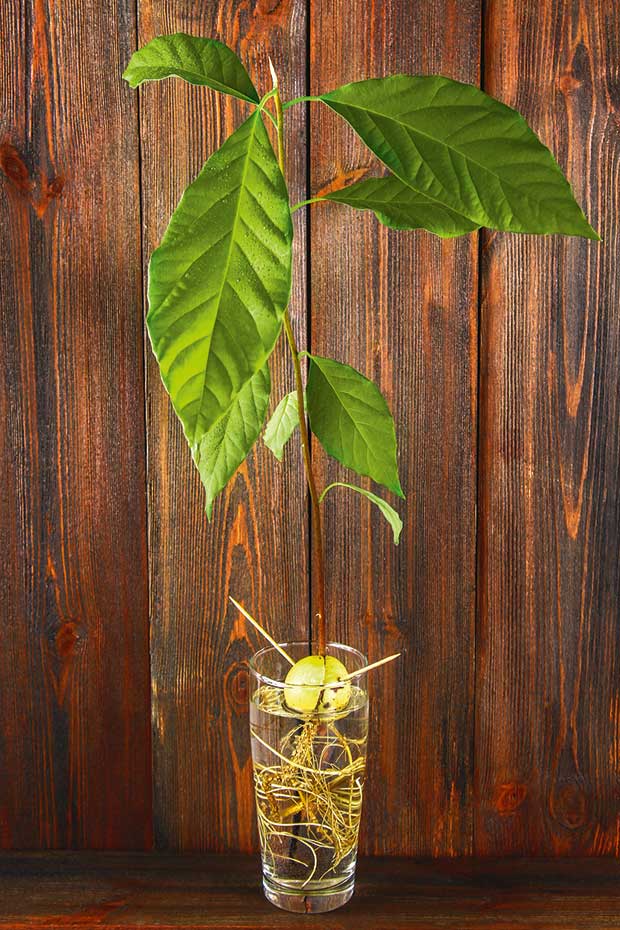
Keep it warm (20-25°C) and in good light. Once the roots grow down into the water and a stem and leaves grow up, pot out into a tall, deep pot, then transplant carefully as they dislike having their roots disturbed.
3 WAYS TO BOOST YOUR SUCCESS RATE WHEN STRIKING CUTTINGS
The most common problem when growing seeds and cuttings is too much moisture causing rot. Use a well-draining sand mix or buy special grit or rockwool.
Take a little soil from around the roots of the mother plant and mix this in with your other planting medium. It will transfer the symbiotic mycorrhizae fungi and bacteria for that plant.
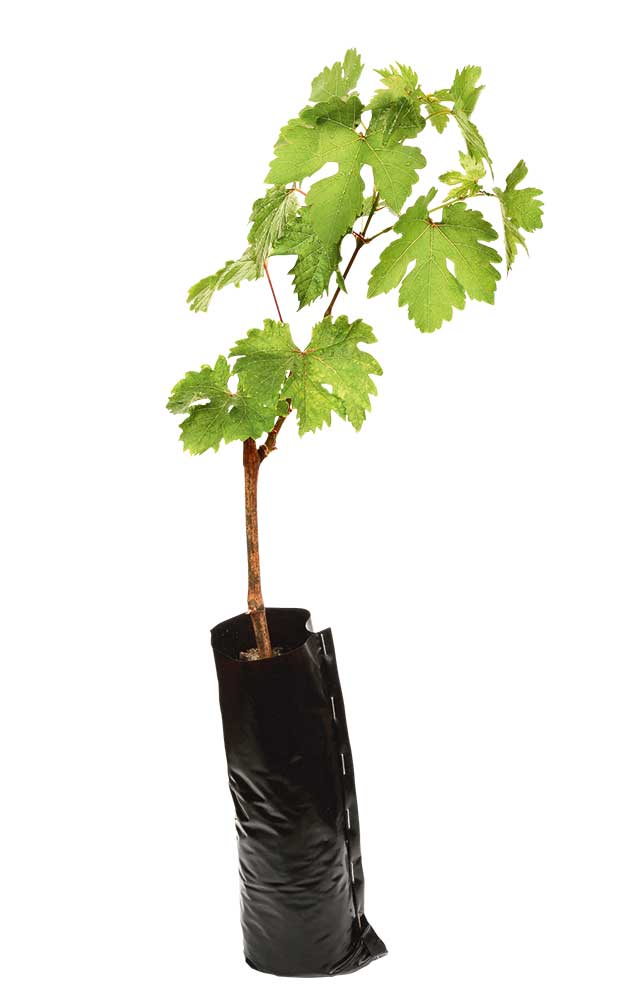
Ensure it is kept continually moist but not wet, over winter.
A DIY WAY TO ENCOURAGE ROOTS
‘Willow water’ contains a growth hormone that will encourage cuttings to sprout roots. You can make willow water by steeping the cambium layer (the green layer just under the bark) of willow trees in water.
CUT branches of new growth into short pieces.
SMASH with a hammer or peel the bark off in strips to expose the cambium. Soak in water for a several days. You can speed up the process by using boiling water and soaking overnight.
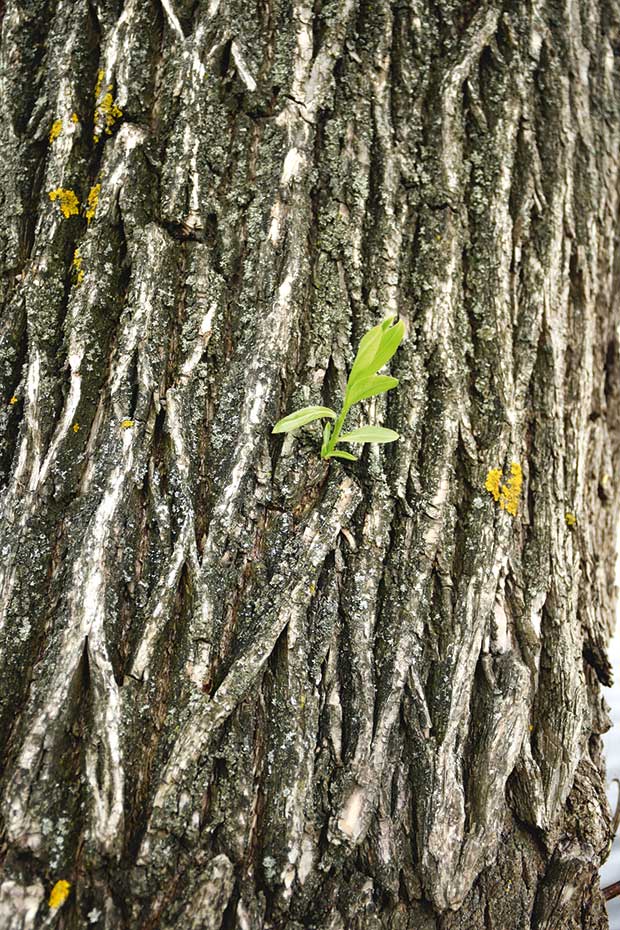
Willow tree bark.
DIP or soak your cuttings in the water for up to a couple of hours before planting, then use the remaining water to irrigate the cuttings. You can also buy a rooting compound that does the same thing.
SHERYN’S TIPS
• Dipping the base of a cutting in honey or molasses before planting provides an instant sugar fix to boost root growth.
• Bottom heat can also encourage root growth. I use a modified bain-marie but you can buy special heat pads or use a heat sink like a paving stone to absorb heat from the sun during the day and warm the bottom of the cuttings at night.
READ MORE
Kath Irvine’s pruning fundamentals: When to prune and the three golden rules of pruning
Love this story? Subscribe now!
 This article first appeared in NZ Lifestyle Block Magazine.
This article first appeared in NZ Lifestyle Block Magazine.
